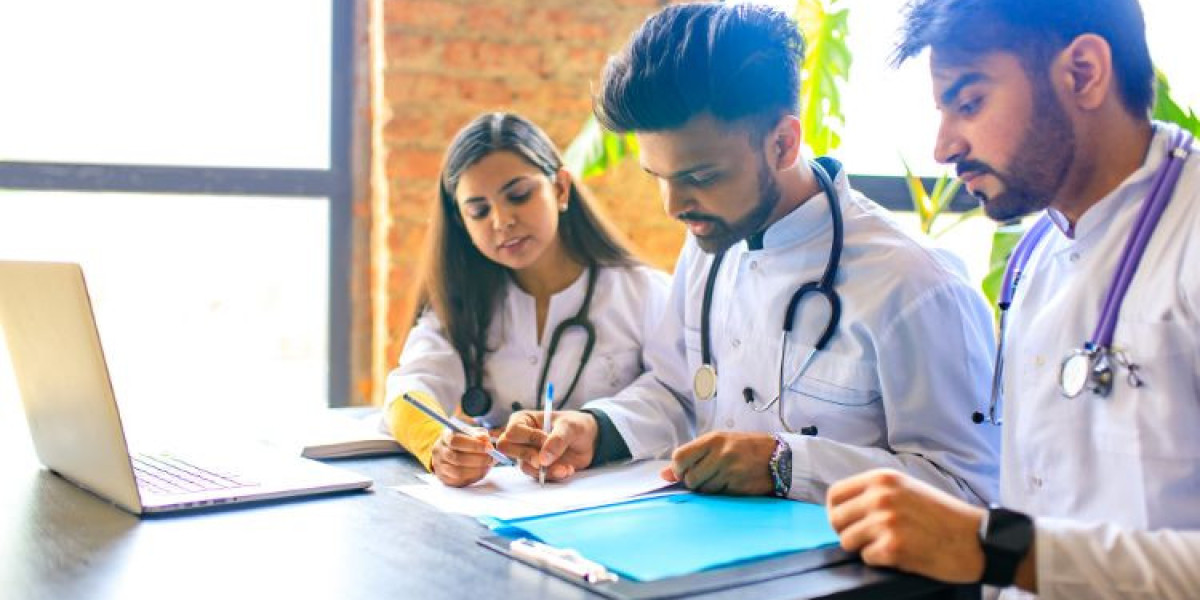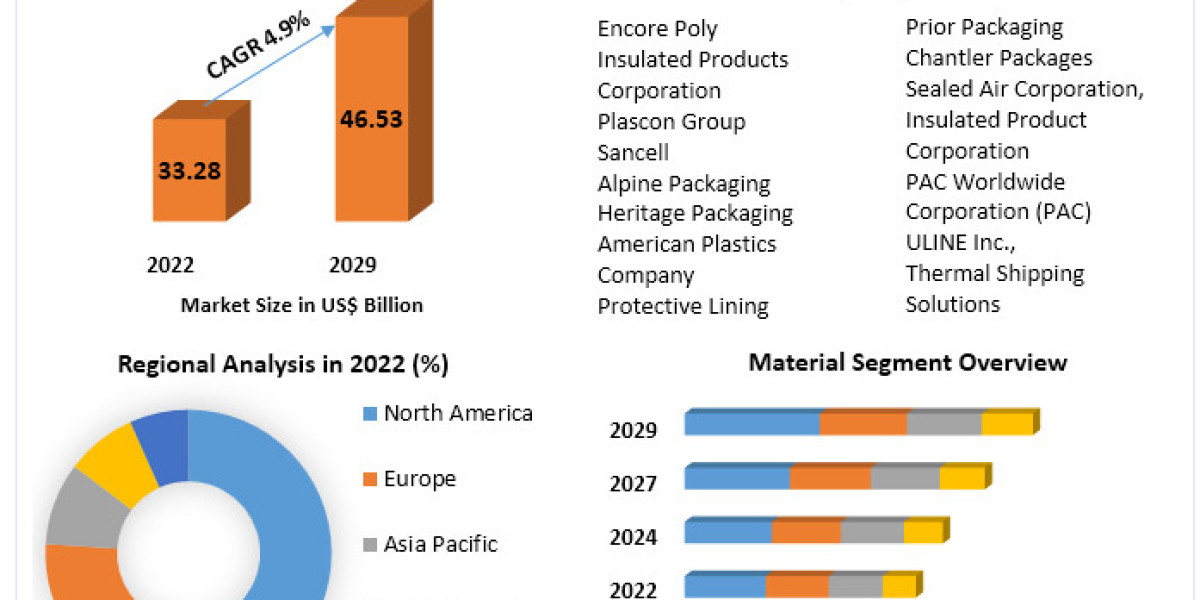The Brazil medical education market size is expected to grow at a CAGR of 8.70% in the forecast period of 2024-2032. While this statistic indicates a promising future for medical education in Brazil, the journey to get there has been marked by unprecedented challenges. The COVID-19 pandemic, which swept across the globe, disrupted every facet of society, including education. In this blog post, we will explore the profound impact of COVID-19 on medical education in Brazil, from the initial shockwaves to the innovative adaptations that have emerged in response.
Pre-Pandemic Medical Education in Brazil
Before delving into the pandemic's effects, it's essential to understand the landscape of medical education in Brazil. The country has a well-established system, with a rigorous curriculum and a significant emphasis on clinical training. Medical schools typically follow a traditional model of education, which includes classroom lectures, laboratory work, and hands-on clinical rotations.
Disruption Caused by COVID-19
The Sudden Shift to Remote Learning
When the pandemic struck, medical schools in Brazil faced an immediate challenge – how to continue education while ensuring the safety of students, faculty, and healthcare facilities. The solution, for many, was a rapid shift to remote learning. Lectures that once filled classrooms were now delivered online, and students found themselves grappling with a new mode of instruction.
The transition was not without its hurdles. Many students lacked access to necessary technology and faced connectivity issues. Professors had to adapt their teaching methods to engage students in a virtual environment, and the loss of face-to-face interactions took a toll on the social aspects of medical education.
Suspension of Clinical Rotations and Hands-On Training
One of the defining features of medical education is hands-on clinical experience. However, as COVID-19 spread, medical schools had to suspend clinical rotations to minimize the risk of infection. This posed a significant challenge as students missed out on critical patient interactions, which are essential for developing clinical skills and empathy.
Innovations and Adaptations
While the pandemic brought disruption, it also spurred innovation and adaptation in medical education.
Embracing Online Learning Platforms
Medical schools quickly adopted online learning platforms, which allowed students to access lectures and course materials remotely. These platforms also facilitated asynchronous learning, providing flexibility for students juggling various responsibilities.
Telemedicine and Its Role in Medical Education
Telemedicine emerged as a crucial tool for medical education during the pandemic. Not only did it enable healthcare professionals to continue patient care, but it also became an integral part of medical education. Students could participate in virtual patient consultations, gaining exposure to real-world scenarios while adhering to safety measures.
Virtual Patient Simulations and Case Studies
To compensate for the lack of clinical rotations, medical schools turned to virtual patient simulations and case studies. These interactive tools allowed students to practice diagnosis and treatment planning in a controlled environment. While they cannot fully replace clinical experience, they proved to be valuable substitutes during the pandemic.
Highlighting Successful Examples of Adaptation
Throughout the pandemic, numerous medical schools in Brazil showcased their resilience and adaptability. Some institutions implemented mentorship programs to support students' emotional well-being. Others leveraged technology to create virtual anatomy labs, ensuring that students continued to learn critical skills despite the limitations imposed by the pandemic.
Government and Institutional Responses
The Brazilian government and medical institutions played pivotal roles in addressing the challenges posed by the pandemic.
Government Policies and Guidelines
The government implemented policies and guidelines to ensure the continuity of medical education. It offered support and resources to medical schools, enabling them to upgrade their technology infrastructure and implement safety measures.
Support for Students and Faculty
Medical schools and universities extended support to students and faculty members. They provided mental health resources and counseling services to help students cope with the stress and uncertainty brought about by the pandemic. Faculty members received training on effective online teaching methods to enhance the quality of remote education.
Collaborations and Partnerships
During the pandemic, collaborations and partnerships between medical schools and healthcare institutions became increasingly important. These collaborations allowed students to participate in telemedicine activities, gain exposure to COVID-19 patient care, and contribute to the healthcare system's response.
Mental Health and Well-being
The pandemic took a toll on the mental health and well-being of medical students in Brazil, as it did worldwide.
Impact on Mental Health
The sudden shift to remote learning, the fear of the virus, and the uncertainty surrounding clinical rotations all contributed to increased stress and anxiety among medical students. The isolation caused by social distancing measures further exacerbated these issues.
Initiatives and Resources
Recognizing the importance of mental health, medical schools and institutions in Brazil introduced various initiatives and resources. These included virtual support groups, counseling services, and mental health awareness campaigns. Students were encouraged to seek help when needed and prioritize self-care.
Importance of Work-Life Balance
The pandemic underscored the importance of work-life balance for medical students. With remote learning blurring the lines between personal and professional life, institutions emphasized the need for setting boundaries and maintaining a healthy balance to prevent burnout.
Future Outlook
As Brazil looks ahead to a post-pandemic era, several important considerations will shape the future of medical education.
Lessons Learned
The pandemic served as a catalyst for change in medical education. It highlighted the need for flexibility, resilience, and the integration of technology in the learning process. These lessons will likely influence the evolution of medical education in Brazil.
Potential Long-Term Changes
While the return to pre-pandemic norms is desired, certain adaptations and innovations may become permanent fixtures in medical education. The use of telemedicine and virtual simulations, for instance, could continue to enhance medical training.
The Role of Technology
Technology will play an increasingly significant role in shaping the future of medical education in Brazil. Embracing digital tools and platforms can make education more accessible and adaptable to unforeseen challenges.








